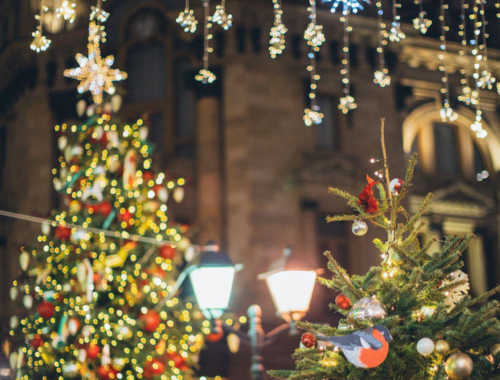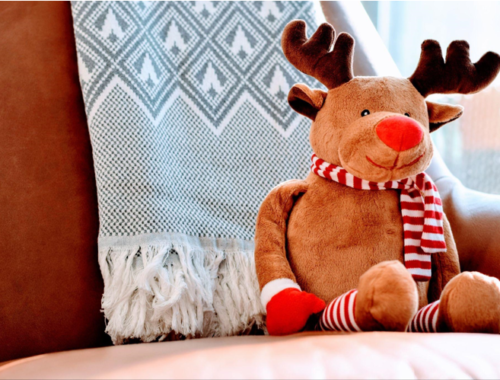
Ghost Stories and Cozy Firesides: Examining the Victorian Christmas and its Influence on Contemporary Celebrations
The Origin of Victorian Christmas Traditions: A Historical Overview
The Victorian era was a significant time in history, leaving an indelible mark on many aspects of modern society, including our celebration of the holiday season. The Victorian Christmas was characterized by gatherings of family and friends, grand celebrations, and the exchange of gifts, but it was also known for the telling of ghost stories and the gathering around cozy firesides.
Ghost Stories by the Fireside: Unpacking the Tradition
The tradition of telling ghost stories during the Christmas season began during the Victorian era and was popularized by none other than Charles Dickens. Many of Dickens’ most famous works, such as A Christmas Carol, The Chimes, and The Haunted Man, featured ghosts and supernatural elements. The ghost story craze was not unique to Dickens, as other Victorian writers, such as M.R. James and Edith Wharton, also contributed to this genre, cementing it as a true Victorian tradition.
The telling of ghost stories was not seen as a macabre or frightening practice but was rather a way to bridge the gap between the living and the dead during a time when many people believed that spirits were more likely to walk the earth. The Victorian Christmas stories were often told around the warmth of a fire, with family and friends gathering to listen while sipping on hot cocoa or mulled wine.
In addition to ghost stories, the cozy fireside was also a central part of the Victorian Christmas. Fireplaces replaced open hearths and became the center of the Victorian home, providing warmth and ambiance. The crackling of the logs combined with the flickering flames created a sense of comfort and relaxation, something that was much needed during the cold winter months.
The Victorian Christmas was also a time of grand celebrations with elaborate decorations, feasts, and music. Christmas trees became popular in the Victorian era, with Queen Victoria and Prince Albert being credited with popularizing the tradition. The Christmas tree was decorated with candles, ornaments, and sugary treats, creating a festive atmosphere that was enjoyed by all.
The Significance of Gift-Giving during the Victorian Era and Its Influence on Modern Celebrations
Gift giving was also an essential part of the Victorian Christmas, with gifts being exchanged among family and friends. The gifts were often handmade and considered tokens of appreciation and gratitude. The tradition of Christmas cards also began during the Victorian era, with the first card being produced in 1843.
The influence of the Victorian Christmas can be seen in many of today’s holiday traditions. The popularity of ghost stories has waned, but the cozy fireside remains a key element of the holiday season. Many people still gather around a fire to spend time with loved ones or to read a good book. Similarly, the practice of gift giving continues to be an essential part of the Christmas season, and Christmas cards are still widely exchanged.
In conclusion, the Victorian era left an indelible mark on our modern celebration of the holiday season. The tradition of ghost stories and the gathering around the cozy fireside, along with the grand celebrations, gift giving, and Christmas cards, have all been influenced by the Victorian Christmas. These traditions have stood the test of time and continue to bring joy and warmth to the holiday season.
You May Also Like

The Best 10-Foot Artificial Christmas Trees for Every Aesthetic
May 28, 2023
Experience Holiday Magic with an 8 Foot Artificial Christmas Tree This Year!
March 8, 2023

